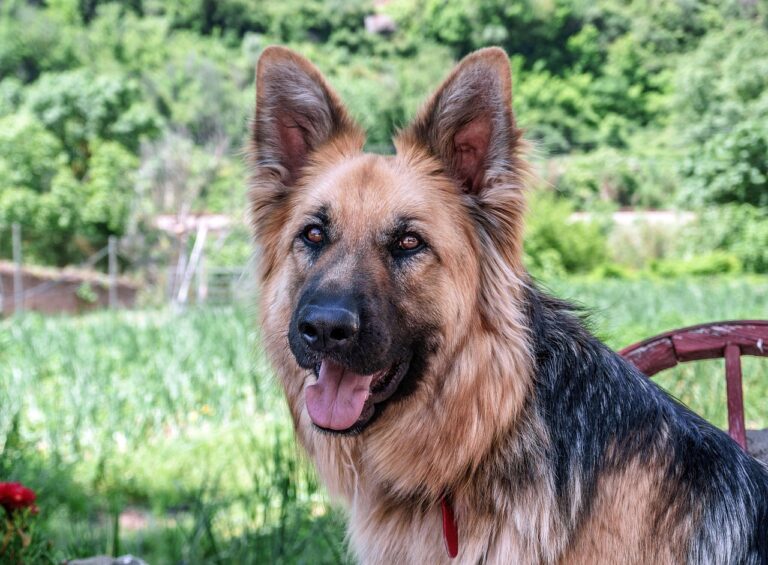10 Beautiful But Deadly Plants That Can Harm Your Dog
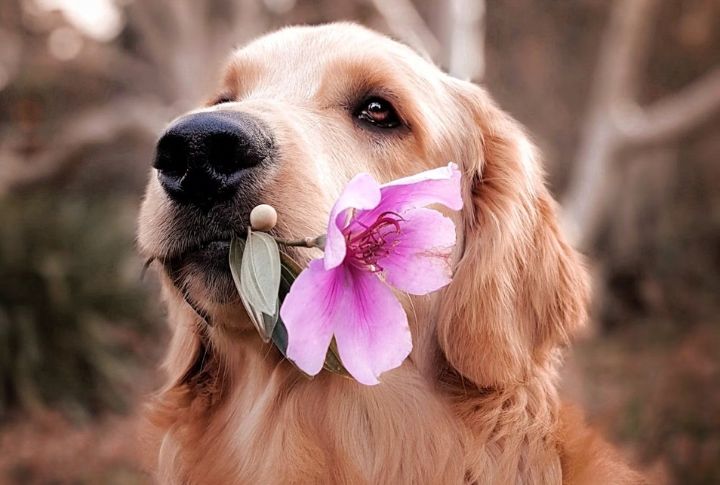
Lush gardens and vibrant flowers bring beauty to any home, but some of these plants hide a dangerous secret. What looks harmless could send your dog to the emergency vet in minutes. Even a single bite of the wrong leaf can have devastating effects. Here are ten stunning plants that could put your pup at risk.
Azaleas And Rhododendrons
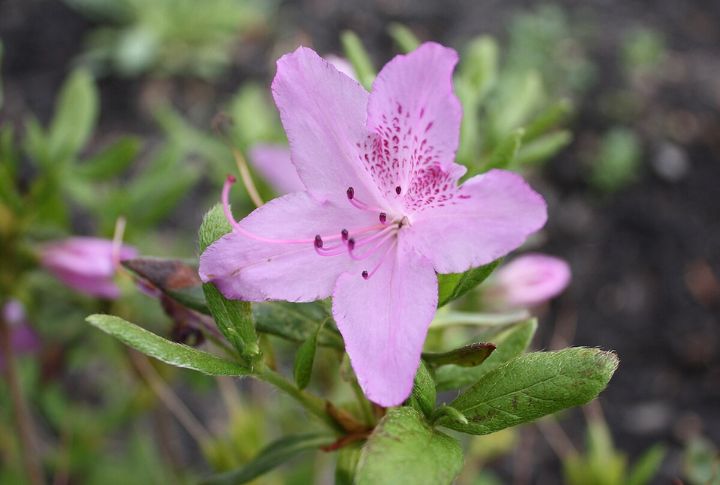
Spring gardens come alive with azaleas and rhododendrons in vibrant pinks and whites. However, these stunning flowers carry a hidden danger. They contain grayanotoxins, which interfere with sodium channels in the body. In more significant amounts, dogs may experience dangerously low blood pressure, tremors, abnormal heart rhythms, or even coma.
Oleander
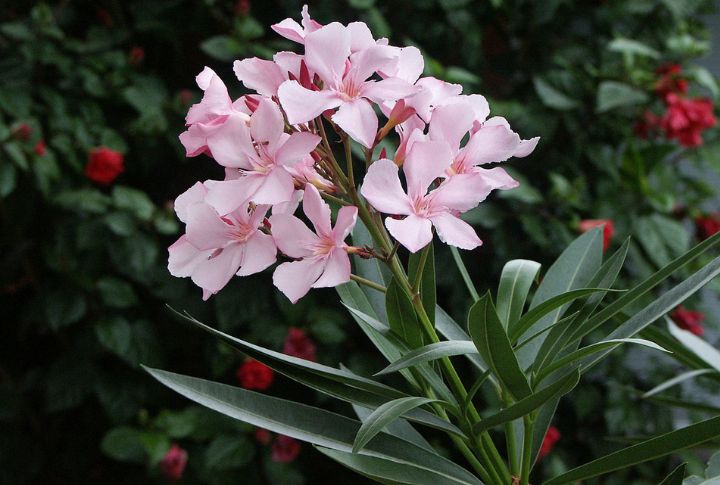
Oleander is prized for its year-round greenery and clusters of delicate flowers, but every part of this plant is dangerously toxic. It contains cardiac glycosides that disrupt heart function by affecting electrolyte balance. Even ingesting a small amount can lead to vomiting, drooling, and an irregular heartbeat. Severe poisoning can cause tremors, seizures, or even sudden death.
Sago Palm
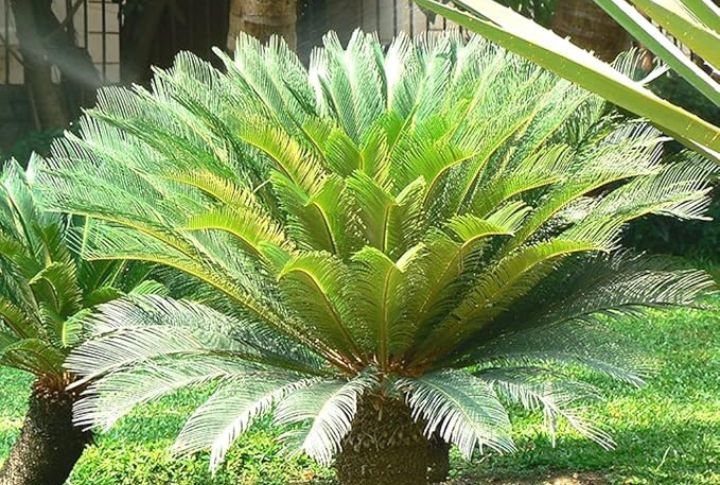
The tropical charm of sago palms hides their danger, as they are one of the most lethal plants for dogs. The seeds are particularly dangerous, containing a toxin called cycasin that causes liver failure. According to the ASPCA, the survival rate for dogs poisoned by sago palms is less than 50%, even with immediate treatment.
Foxglove
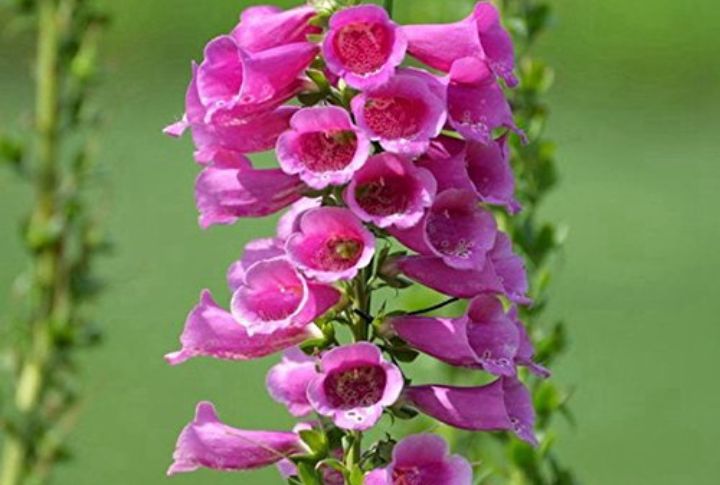
Foxglove’s bell-shaped flowers make it a favorite in cottage gardens, but this plant is packed with deadly toxins. It contains digitalis, and even a small dose can cause serious trouble. Symptoms include vomiting and a slow or irregular heartbeat. In extreme cases, it can result in heart failure.
Tulips And Daffodils
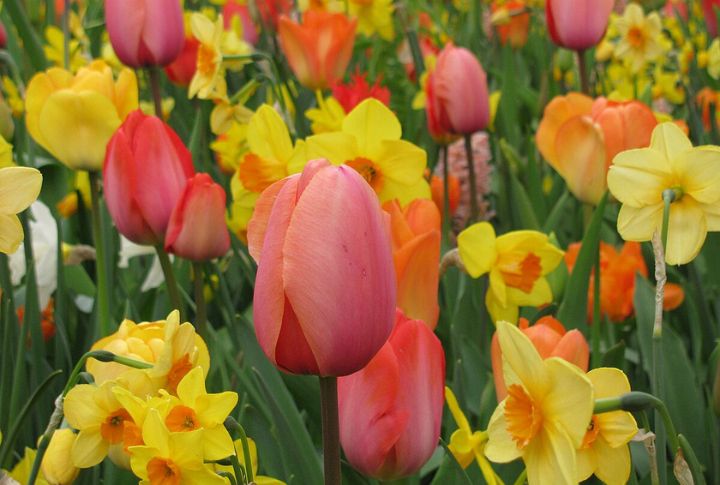
The bulbs contain alkaloids and glycosides, which are the most toxic parts. When eaten, they can trigger excessive stomach pain and difficulty breathing. Daffodils also contain lycorine, a compound that can cause severe nausea and tremors. Dogs that dig in gardens are at risk since they can unearth and eat bulbs.
Autumn Crocus

This plant contains colchicine, a toxin that disrupts cell division and can cause severe organ damage. Even a tiny amount can lead to diarrhea and respiratory distress. The most dangerous aspect is its delayed symptoms, as dogs may not show signs of poisoning for several days.
Castor Bean Plant
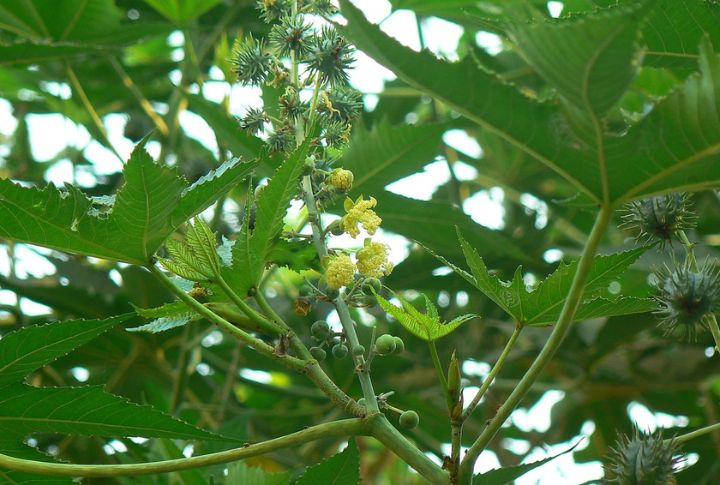
The castor bean plant is striking with its bold leaves and spiky seed pods, but those seeds make it dangerous. They contain ricin, a deadly toxin that inhibits protein synthesis in cells. Symptoms may take a few hours to appear but quickly become life-threatening.
Dieffenbachia (Dumb Cane)
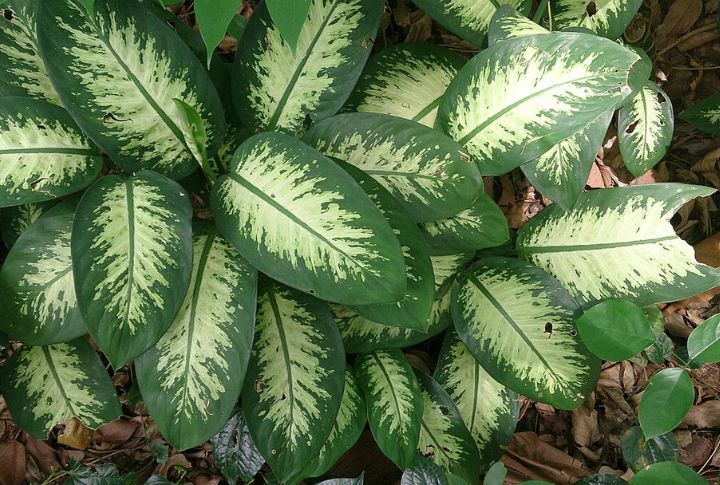
While Dieffenbachia is a beloved houseplant, it poses a painful threat to dogs. The plant has insoluble calcium oxalate crystals, which cause an immediate burning sensation in the mouth and throat. Dogs that chew on its leaves often experience swelling of the tongue and difficulty swallowing.
Lilies
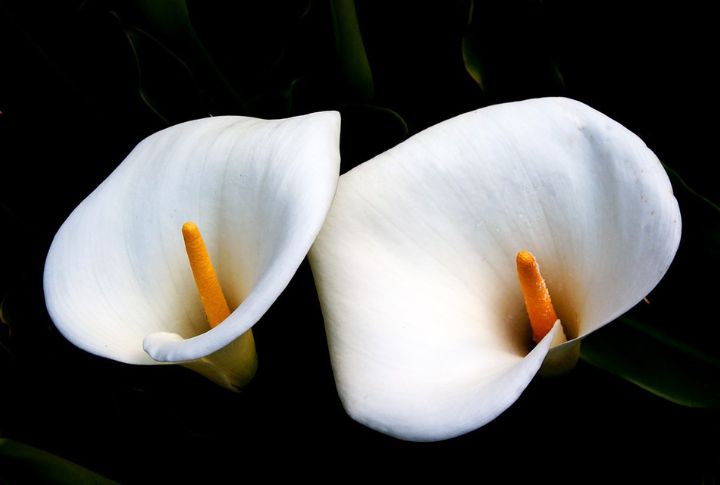
Most people know lilies are toxic to cats, but many do not realize they can harm dogs, too. While peace and calla lilies mainly cause oral irritation, some species contain cardiac glycosides that disrupt heart function. Even more concerning, if ingested in large amounts, lilies can cause kidney failure.
Yew
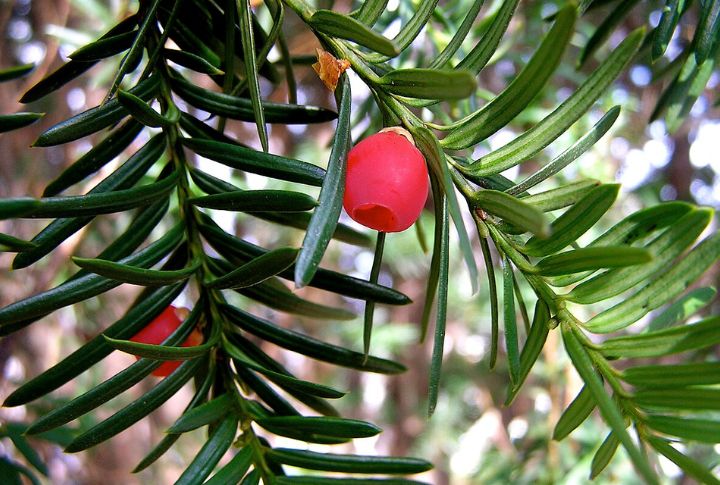
Yew shrubs may seem harmless as landscaping plants, yet they pose one of the greatest dangers to dogs. They contain taxines, which affect the nervous system and heart. Even a tiny amount can cause tremors or sudden cardiac arrest. Some dogs have been found dead near yew plants without any warning signs beforehand.

